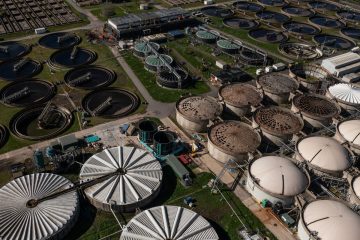Exploring Lazio: Italy’s Enchanting Region

Introduction to Lazio
Lazio, a central region of Italy, is widely renowned for its rich history, cultural significance, and stunning landscapes. Home to the capital city, Rome, Lazio draws millions of tourists each year who come to explore its ancient ruins, vibrant atmosphere, and culinary delights. Understanding Lazio is crucial for appreciating its contributions to art, history, and the modern Italian identity.
Historical Significance
As the heart of ancient Rome, Lazio is steeped in history. With landmarks such as the Colosseum, the Roman Forum, and the Vatican City, visitors can immerse themselves in the remnants of a bygone era. Lazio’s archaeological sites date back to the early days of the Roman Empire, making it a vital area for understanding the development of Western civilization.
Natural Beauty
Apart from its historical treasures, Lazio boasts diverse landscapes ranging from the mountainous regions of the Apennines to the coastal beauty of the Tyrrhenian Sea. The region is home to several national parks, including the Circeo National Park and the Abruzzo, Lazio and Molise National Park. These natural reserves offer opportunities for hiking, wildlife viewing, and relaxation away from the bustling city life.
Cultural Highlights
In addition to its historical landmarks, Lazio is also vibrant with culture. Towns such as Tivoli, known for its magnificent Villa d’Este and Villa Adriana, offer stunning gardens, fountains, and artistic architecture. Local cuisine is another highlight, with dishes like “Pasta alla Carbonara” and “Saltimbocca alla Romana” that reflect the region’s rich culinary tradition. Festivals and events throughout the year celebrate Lazio’s culture, providing visitors with authentic experiences.
Current Events and Tourism Trends
Recent trends indicate a rising interest in sustainable tourism in Lazio. The region is working towards promoting eco-friendly travel options, encouraging visitors to explore lesser-known gems beyond Rome, such as the picturesque towns of Viterbo and Bracciano. As travel rebounds post-pandemic, Lazio is expected to remain a top destination, balancing tourism growth with environmental conservation.
Conclusion
In summary, Lazio presents an exquisite amalgamation of history, culture, and natural beauty that captures the essence of Italy. As both a local and international destination, the region’s ongoing development in tourism offers exciting prospects for future visitors. Understanding Lazio’s significance deepens not only one’s appreciation for Italy but also highlights the importance of preserving its rich heritage for future generations.









